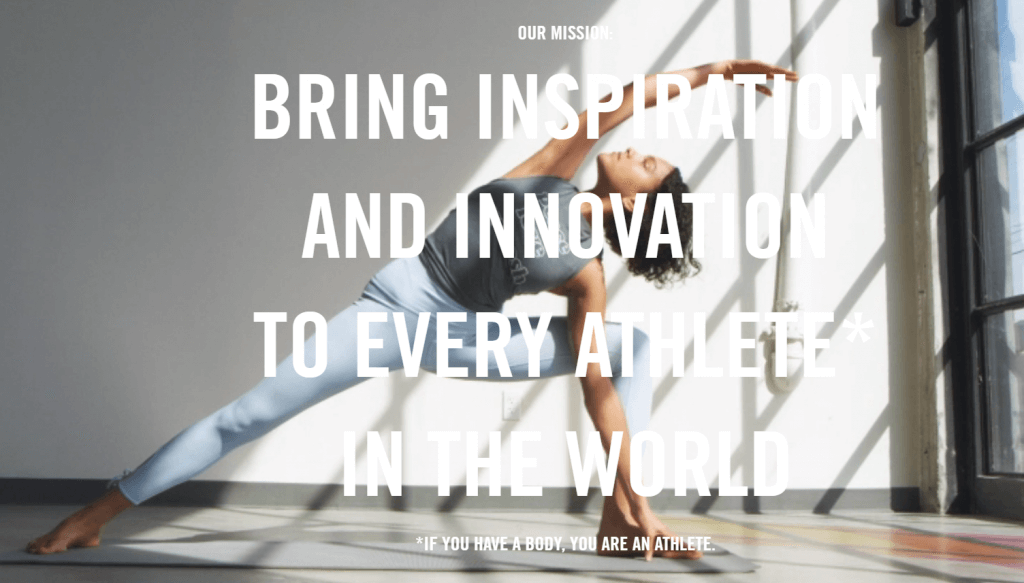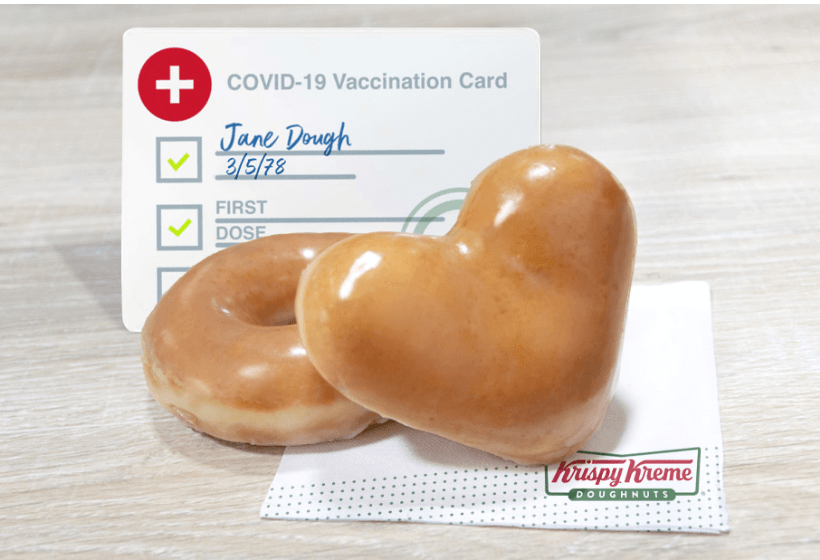Back to (Not So) Normal: 3 Brands Nailing Pandemic-Sensitive Messaging

Is it too early for “back-to-normal” messaging? Yes, and no. Brands are finding themselves walking a tightrope between enthusiastically welcoming consumers “back,” while remaining warily mindful of changing circumstances.
With the Delta variant ramping up COVID cases, brands need to tread carefully when crafting their messaging.
Using the wrong messaging could mean tone deaf or ineffective marketing campaigns or, even worse, a diminished brand reputation.
In this guide, we’ll cover pandemic-related brand messaging during COVID’s latest curveball. We will also highlight 3 brands that we think are hitting all the right notes with their pandemic-sensitive messaging.
Should You Use Pandemic-Sensitive Language?
Over the past year and a half, the pandemic has been of central focus to brands, government agencies, and consumers alike.
However, consumers have become fatigued by “new normal” and “post-pandemic” brand language: That type of content doesn’t resonate with them anymore.
On the other hand, failing to recognize global pandemic-related events can cause a brand’s marketing messaging to sound out-of-touch and insensitive.
No two brands are the same, and no two audience segments are created equal, so brands need to be thorough in their research, creation, and delivery of marketing messages.
Balancing between current events awareness and effective marketing efforts is no easy task, but here are some best practices to follow:
- Focus your marketing efforts on audience segments that will give you the most bang for your buck by segmenting by customer lifetime value.
- A/B split test your ad creative to understand the impact that your messaging has on your consumers (back-to-normal vs. new normal vs. non-pandemic messaging).
- Thoroughly evaluate your messaging by using incentivized audience feedback campaigns/focus groups.
3 Best Brand Messaging Examples Amidst COVID
Certain brands are thriving by balancing back-to-normal messaging while keeping their marketing fun and on-brand.
3 of the top brands we’ve found using sharp marketing messaging and pandemic-sensitive strategies are Nike, Uber, and Krispy Kreme.
Let’s dive a little deeper into each.
Image by Nike
NIKE
Nike has crushed it during the pandemic.
By creating outstanding ad creative on YouTube, Facebook, Instagram, and other major platforms, Nike has formulated messaging that amplifies their brand message: If You Have A Body, You’re An Athlete.
Nike’s brand messaging promotes a sense of unity through physical fitness while avoiding overt “pandemic” language that contributes to consumer noise.
Additionally, Nike invested in creating a more robust eCommerce platform on their website, with the intent to shift 50% of its total sales onto digital channels.
Nike’s position as a leader in the athletic apparel industry, reinforced by their decision to focus on digital, has led to a revenue increase of over 19% to $44.5B between 2020 and 2021.
In tandem with their significant sales and revenue increases, Nike has shown its support for current events, committing to contribute $30MM to COVID-19 efforts.
By combining effective marketing campaigns, engaging taglines, and support for the current state of the pandemic, Nike continues to sharpen its edge in the athletic apparel market.
Video: Your Uber Awaits | Uber
Uber
In the middle of 2020, Uber made an unprecedented marketing move; they told their audience as a whole NOT to use their service.
Although it was a very risky marketing effort on Uber’s part, as they were effectively demoting their own service with a promotion campaign, Uber was able to use the “Thank You For Not Riding” promotion campaign to flexibly pivot their messaging once COVID vaccinations were released.
With the “Your Uber Awaits” campaign in 2021, Uber has realigned its strategy to match current pandemic trends. Uber also actively supported passengers’ pursuit of vaccinations by offering free rides to vaccination sites.
Through these two complementary campaigns, Uber raised public perception in support of masks, vaccination, and safety, while remaining competitively flexible in the process. The two promotional campaigns have lead to substantial results in 2021.
As of August 2021, Uber has boosted its revenue by 105% YoY (95%, after adjusting for currency fluctuations). The transportation company also lifted its gross bookings by 114% YoY, for a total of $21.9B in sales.
All in all, Uber made smart decisions to protect both its drivers and its consumers by temporarily demoting its own service. Thanks to that promotional decision, Uber’s public perception has risen and its revenue continues to skyrocket.
Image by Krispy Kreme
Krispy Kreme
To bolster its marketing campaign and support vaccinations, Krispy Kreme recently launched a promotion to give 1 free Original Glazed® doughnut to every customer that comes in with a vaccine card.
Using tactics that promote positive perception towards vaccines creates a climate of communal warmth. Many consumers mark their vaccinations as a fresh start, if not a return to “normal.”
This campaign does a great job of touching on the COVID backdrop and the sense of camaraderie of a shared experience without pitching a full-blown back-to-business feel.
Krispy Kreme’s vaccination promotion has contributed to a 23% increase in net revenue compared to 2020.
Want to Craft Your Own Pandemic-Sensitive Messaging?
If you’re looking for a way to create messaging in light of current trends that will help grow your brand’s advertising ROI and public perception, let’s talk.
Featured image by Volodymyr Hryshchenko on Unsplash.

